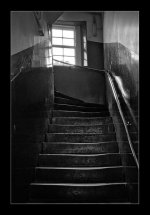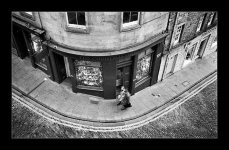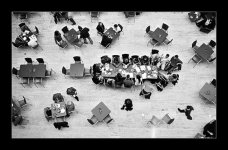Calzone
Gear Whore #1
This is probably true. I'am probably not using the MF/diafine combo to it's full potential because of my hybrid workflow. However I shoot MF diafine for the tonality and shallow depth of field. Not all that worried about fine detail since i don't shoot many landscapes. For the street/walk around and shoot random crap kind of photography that i do nowadays, it works perfectly fine. Prints up to 16x20 look perfectly acceptable to my eyes but it's true, I rarely go above 8x10 prints.
Just trying to add helpful detail. Hopefully I still come over as being humble. I think our differences need to be clear to be helpful. Even for my analog work flow my density might be too much for some shooters.
Cal




